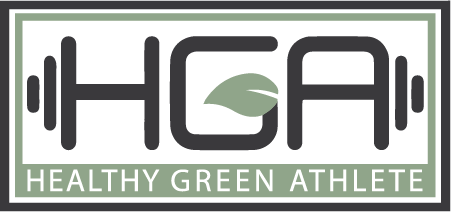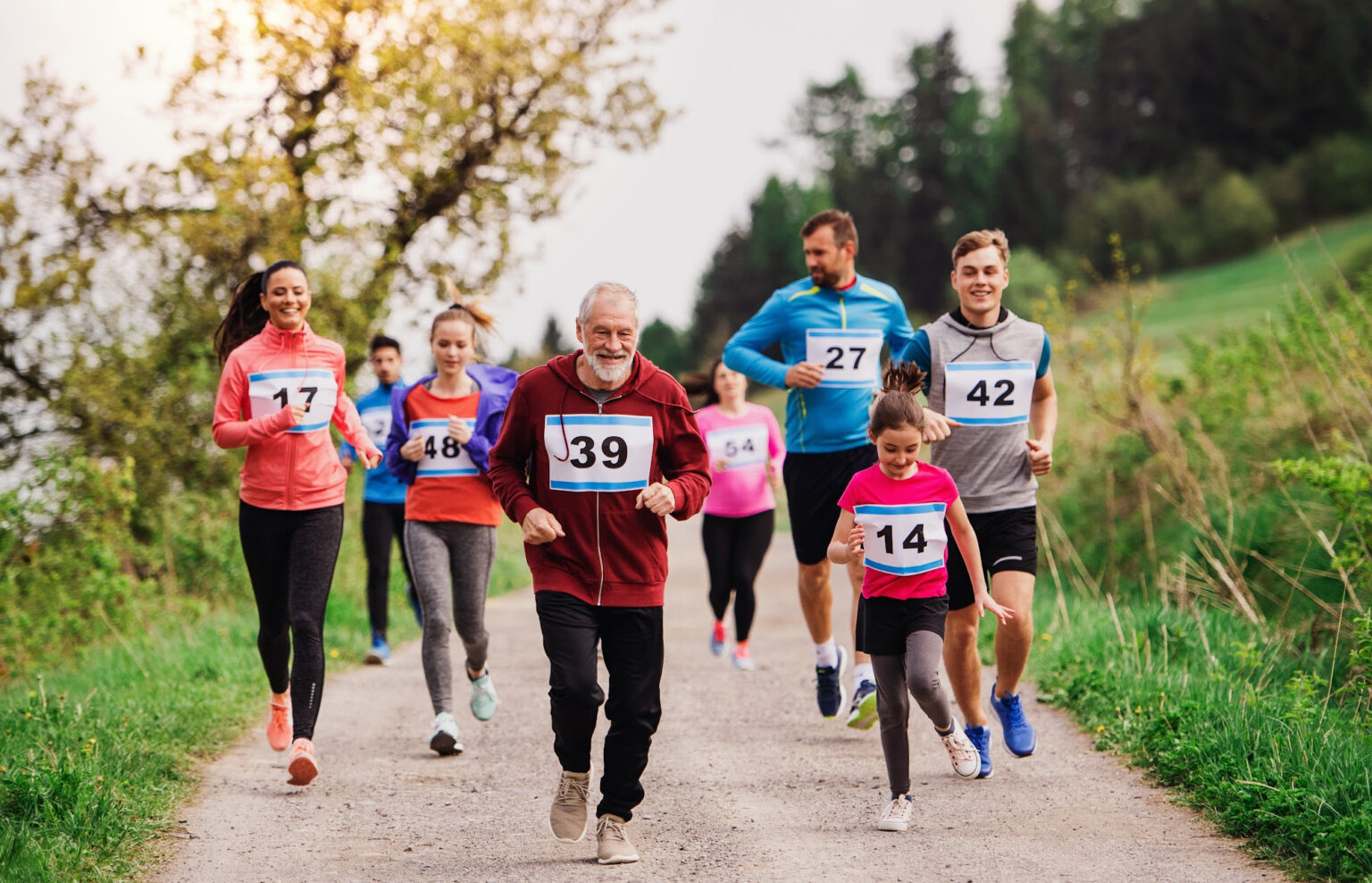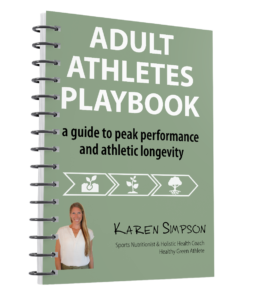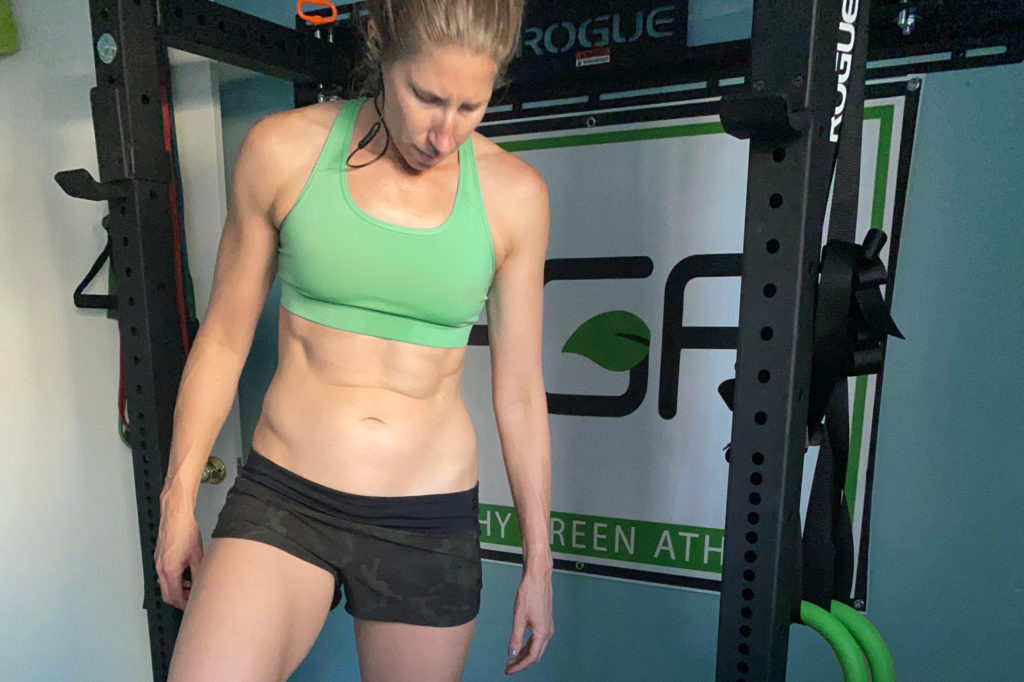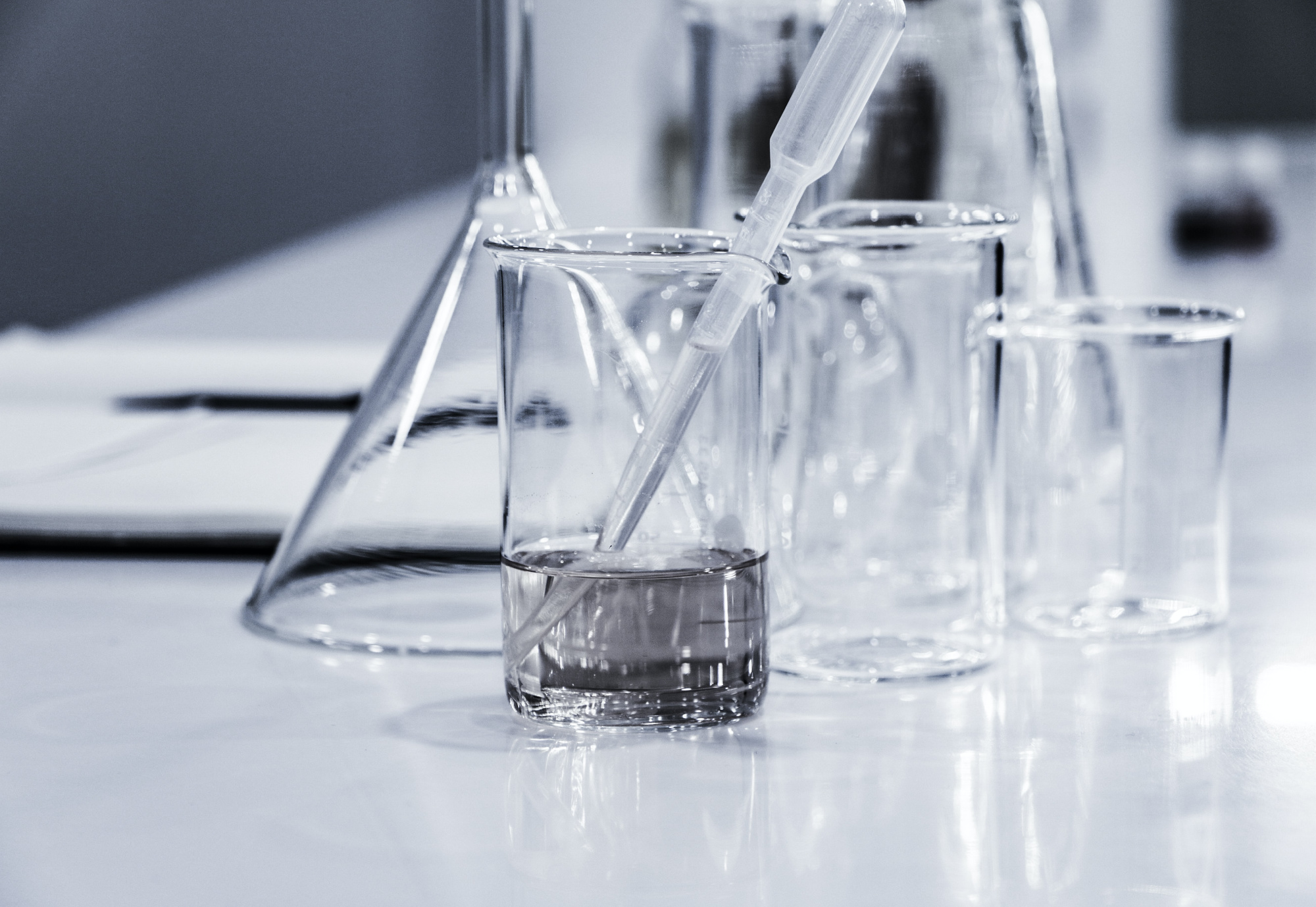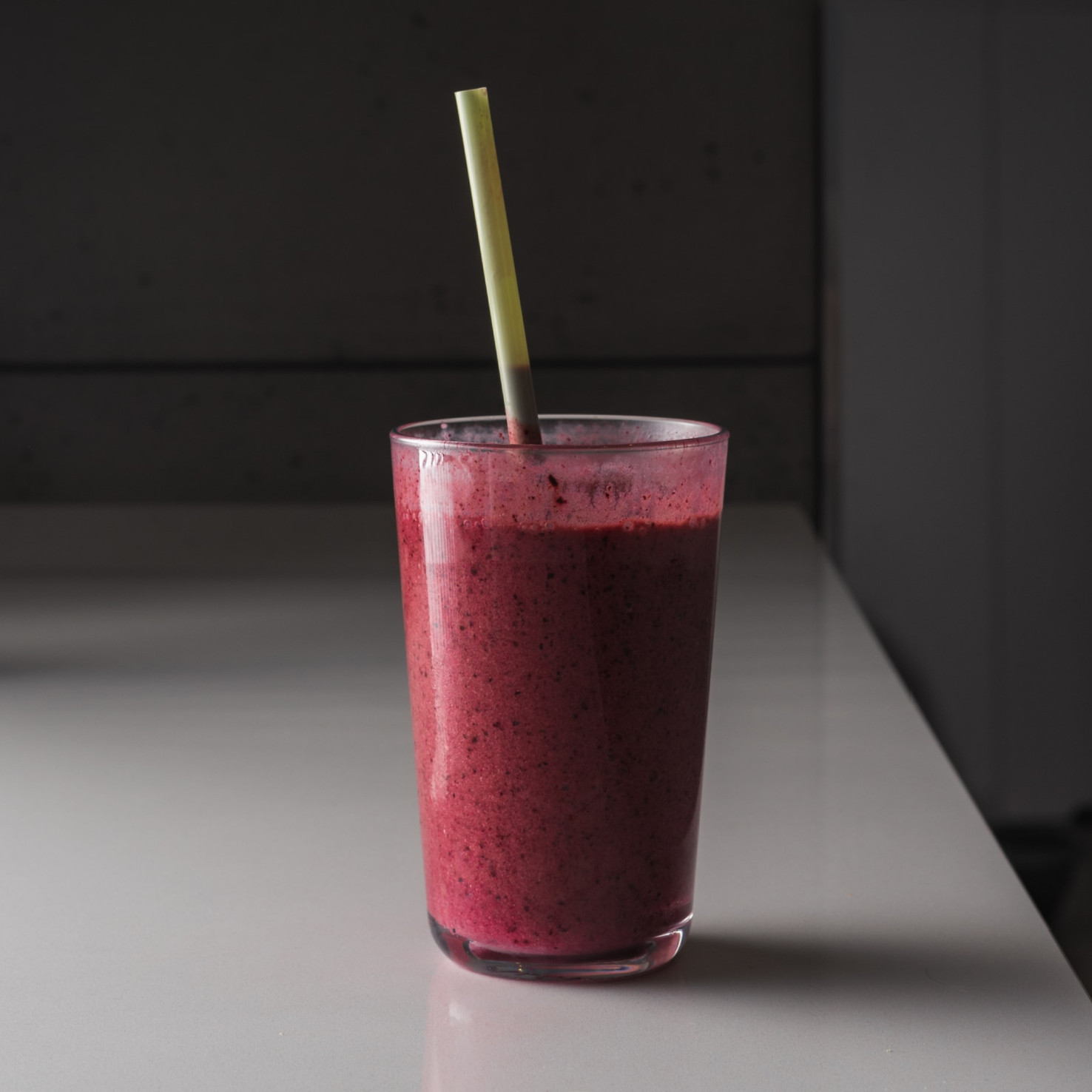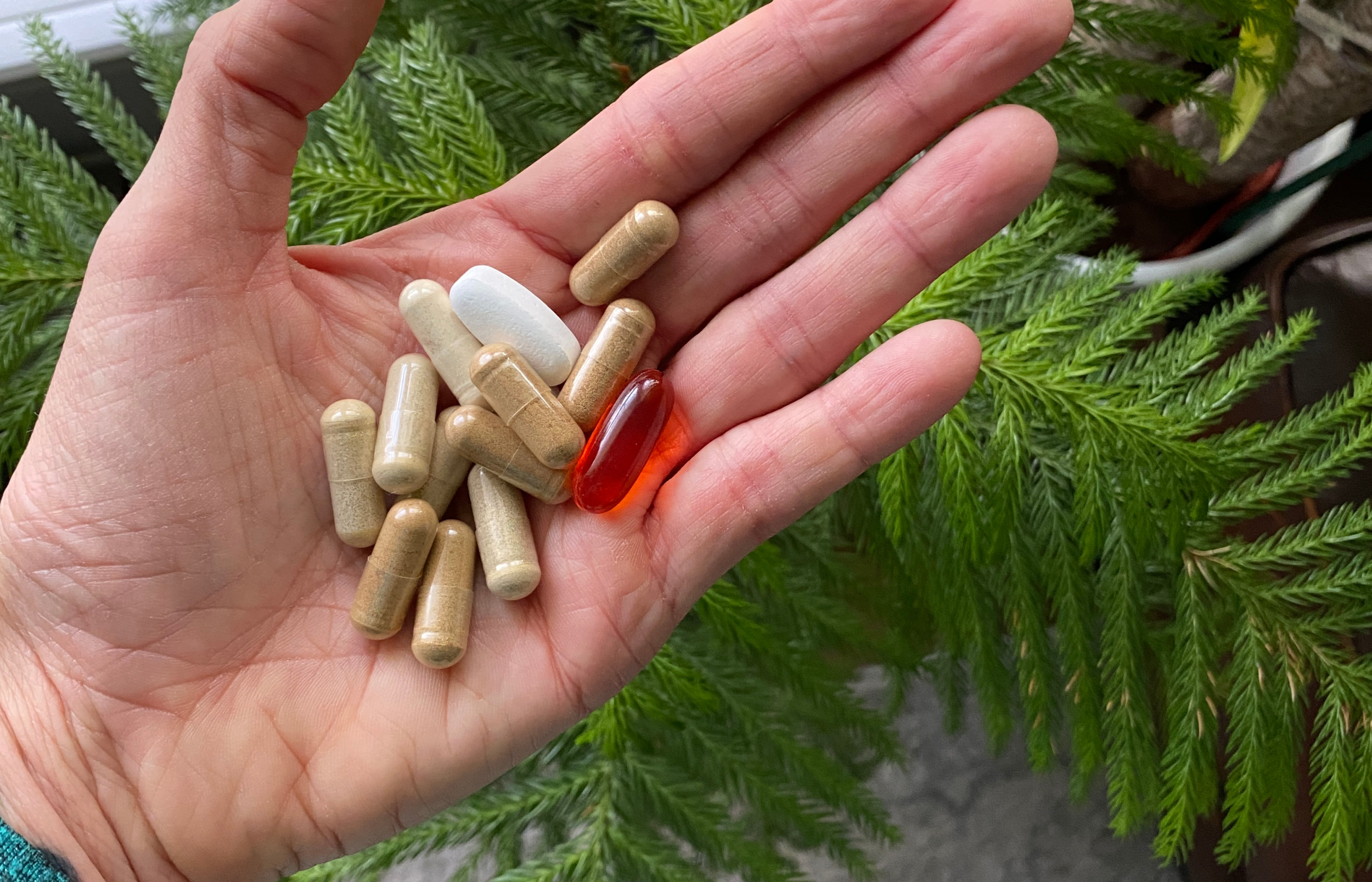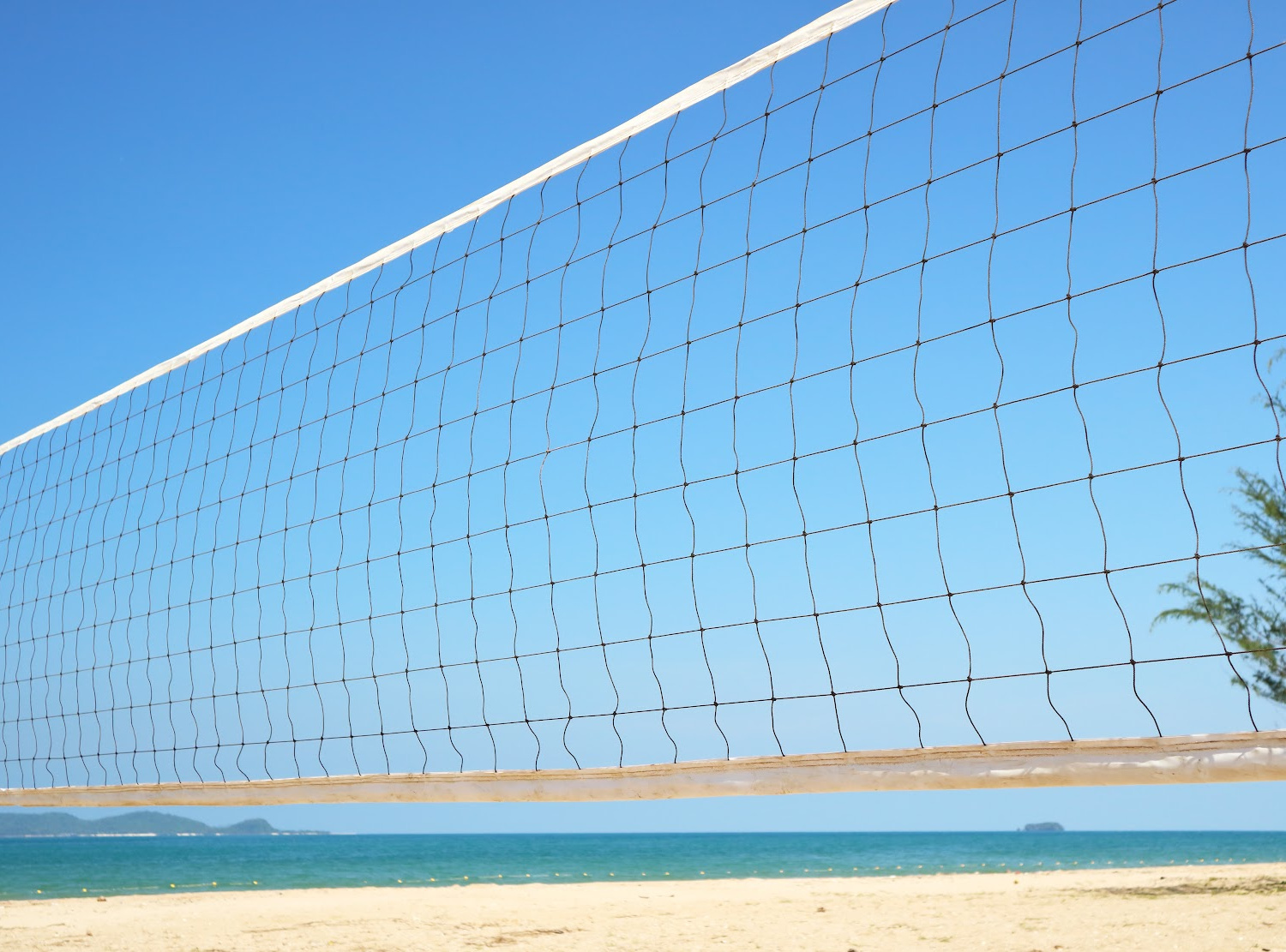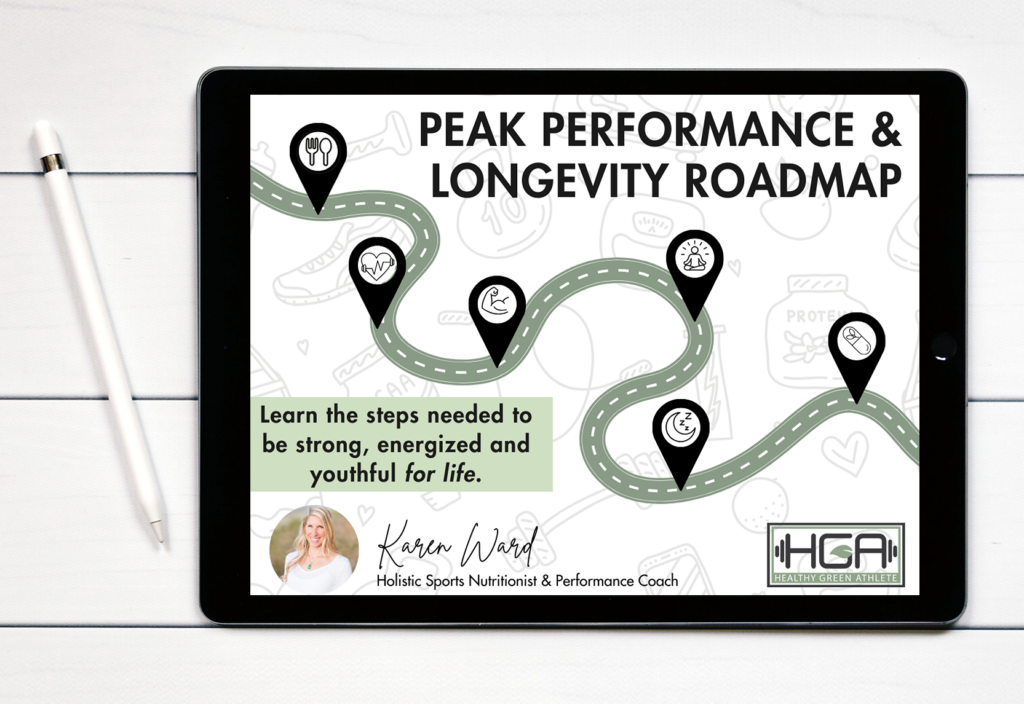What if your birthday didn’t tell the full story about how old you really are? That’s the idea behind fitness age—a powerful measure of how healthy and active your body is compared to others your age. While your chronological age is fixed, your fitness age is fluid. It can improve—or worsen—depending on your training, recovery, and overall lifestyle.
If you’ve ever wished you could feel younger, this guide is for you. In this post, I break down what fitness age means, how it’s calculated, and—best of all—how you can improve yours.
What is fitness age?
Fitness age is a number that reflects your body’s physical capacity, not the number of candles on your last birthday cake (that’s your chronological age). It was first popularized through research done by the Norwegian University of Science and Technology. Scientists measured thousands of adults’ VO2 max scores—an indicator of cardiorespiratory fitness—and compared them to average norms for different age groups.
In short, your fitness age represents the age at which your current fitness level would be considered average. So if you’re 45, but have the cardiovascular capacity of a 30-year-old, your fitness age is 30.
This concept is more than just a fun stat—it’s strongly linked to your overall health and lifespan. Studies show that a lower fitness age is associated with reduced risk of heart disease, stroke, and premature death (Nes et al., 2014).
Fitness age is not biological age
Fitness age and biological age are related but distinct concepts, and understanding both can give you a more complete picture of your health. Fitness age specifically reflects your cardiorespiratory and muscular health—essentially, how well your body performs compared to others of the same chronological age. It’s often based on measurable fitness factors like VO2 max, resting heart rate, and activity level.
Biological age, on the other hand, is a broader measure that reflects how your cells and organs are aging internally. It takes into account factors like inflammation, oxidative stress, DNA methylation, and even telomere length (Jylhävä et al., 2017). While fitness age is more focused on physical performance and can change fairly quickly with training, biological age reflects deeper systemic changes and may require a longer-term commitment to lifestyle upgrades. Both are valuable, and together they offer powerful insight into how well—and how youthfully—you’re really aging.
Learn more about how to measure and improve your biological age here.
Why fitness age matters more than you think
Your chronological age doesn’t say much about how well your body performs. Two people born the same year can be worlds apart in health and vitality. One might run 5Ks and recover like a champ, while the other struggles with stairs.
Fitness age is a more dynamic and actionable health marker. Unlike your real age, you can change it.
Research shows that improving cardiovascular fitness, building muscle, and maintaining a healthy body composition all contribute to lowering your fitness age (Kodama et al., 2009). That’s great news—because it means you have the power to turn back the clock.
Factors that influence fitness age
Fitness age is mostly based on VO2 max, but a few other factors play a role too. These other factors, listed below, influence VO2 max. And while some genetics are at play, your daily habits have the biggest impact. Here are the factors that you’ll want to make sure are in the “great” range in order to ensure that your fitness age is lower than your chronological age.
VO2 Max
Fitness age is mostly based on your VO2 max, which is the maximum amount of oxygen your body can use during intense exercise. It’s a key measure of cardiovascular fitness and is often considered the gold standard for assessing aerobic endurance. A higher VO2 max means your heart, lungs, and muscles are more efficient at delivering and using oxygen, which directly influences your stamina and recovery.
For most adults, a VO2 max above 40 mL/kg/min is considered good, while elite endurance athletes often exceed 60. Since fitness age is largely based on VO2 max, improving it can make your fitness age younger—even if your chronological age stays the same. Regular aerobic training, especially high-intensity intervals, is one of the most effective ways to boost VO2 max.
The gold standard is to measure your VO2 max in a lab using equipment like a treadmill and a metabolic cart. But that’s not very convenient (or affordable) for most of us.
Thankfully, smart wearable devices like smartwatches or the Oura Ring can give you a good estimate of your VO2 max when you wear them during exercise.
Body fat percentage
Excess body fat, especially visceral fat, significantly increases the risk of cardiovascular disease, type 2 diabetes, and certain cancers. Visceral fat is metabolically active and promotes inflammation and insulin resistance, both of which can accelerate biological aging and raise your fitness age (Britton et al., 2013).
Maintaining a healthy body fat percentage is crucial—not just for appearance, but for longevity and functional health. For most adult men, a healthy range is 10–20%, while women typically fall into the 18–28% range due to essential fat requirements. A body composition analysis using tools like DEXA scans or bioelectrical impedance can give you a more accurate picture than the scale alone. I check in on my body composition at least 3 times a week using this at home scale.
Skeletal Muscle Mass
Lean muscle mass plays a protective role in aging, metabolism, and injury prevention. As we age, sarcopenia—the natural loss of muscle—can begin as early as our 30s, accelerating into our 50s and beyond (Janssen et al., 2002). Lower muscle mass is associated with a higher risk of falls, fractures, insulin resistance, and even mortality.
Building and preserving muscle not only improves mobility and strength but also raises your resting metabolic rate, which can help maintain a healthy body composition and reduce your fitness age. Resistance training two to three times per week, including compound movements like squats, deadlifts, and push-ups, is ideal for maintaining muscle health.
This is another measurement that is provided in a DEXA scan or a smart scale. This is the one I have and I love seeing how my muscle mass changes when I’m on top of my nutrition and training.
Resting Heart rate
Resting heart rate (RHR) is a strong indicator of cardiovascular efficiency. A lower RHR generally signals a stronger, more efficient heart that doesn’t have to work as hard to pump blood. According to research, an RHR above 80 beats per minute is linked to increased risk of mortality, while a rate between 60–80 bpm is considered average for healthy adults (Jensen et al., 2013).
Well-trained endurance athletes often exhibit rates between 40–60 bpm. Improving your aerobic fitness through consistent cardiovascular training—especially zone 2 training and interval work—can lower your resting heart rate over time and positively impact your fitness age.
Waist Circumference
Waist circumference is a quick and useful indicator of abdominal fat, which has been directly linked to metabolic syndrome, insulin resistance, and cardiovascular risk. Even individuals with a normal BMI may have elevated waist measurements that reflect dangerous visceral fat levels (Després et al., 2008). For men, a waist circumference under 40 inches (102 cm), and for women under 35 inches (88 cm), is generally considered a low-risk range. Regular movement, dietary fiber, and strength training help reduce waist circumference, thereby lowering disease risk and improving your overall fitness age.
Activity level
Physical activity is arguably the most powerful modifiable factor in determining your fitness age. People who consistently meet or exceed public health guidelines for moderate to vigorous physical activity tend to have lower rates of chronic illness, better cardiorespiratory fitness, and significantly younger fitness ages (Kodama et al., 2009).
The World Health Organization recommends at least 150 minutes of moderate-intensity aerobic exercise per week or 75 minutes of vigorous activity, plus muscle-strengthening activities on two or more days. Even small increases in daily movement—like walking more or standing throughout the day—can improve health outcomes and reduce your biological and fitness age.
Want some accountability in boosting your activity level?
Join my free Healthy Green Habits Challenge where you can win points (and a prize) for completing activity-based actions. Learn more and join here.
How to improve fitness age...at any chronological age
The best part about fitness age? You can change it. Unlike your birth date, your fitness age is flexible—and that’s empowering. By focusing on a few key habits, you can lower your fitness age and feel younger, stronger, and more energized.
1. Boost cardio capacity.
VO2 max is the foundation of your fitness age. It measures how efficiently your body uses oxygen during exercise. The higher your VO2 max, the better your endurance, recovery, and long-term health.
To raise it:
- Do high-intensity interval training (HIIT) at least once a week. Short bursts of intense effort followed by recovery periods improve cardiovascular efficiency fast.
- Add zone 2 cardio (steady-state workouts at 60–70% of your max heart rate) 2–3 times a week. Walking briskly, cycling, swimming, or using a rower for 30–60 minutes works great.
- Track your progress using a smart device like a Garmin or Apple Watch. Many wearables now estimate VO2 max and help you see improvements over time.
Even 20–30 minutes of moderate activity most days can create measurable improvements in fitness age within 8–12 weeks (Swain & Franklin, 2006).
2. Strength train consistently.
Muscle isn’t just for looks—it’s key to longevity. As we age, we naturally lose lean mass, which can raise your fitness age and slow your metabolism. The solution? Strength training.
Here’s what works:
- Aim for 2–4 strength sessions per week that includes exercises that address the whole body.
- Use compound lifts like squats, deadlifts, push-ups, lunges, and rows. These movements target multiple muscle groups and build functional strength.
- Focus on progressive overload—gradually increasing the weight, reps, or sets over time.
- Don’t forget mobility work and core stability, especially if you're over 40. These prevent injury and improve form.
- Work with a coach who can provide you with a custom program that suits your goals, and provides accountability.
Incorporating barbells into your strength training is the best way to get the results you’re looking for but I realize that not everyone has access to them. Resistance bands, dumbbells, or bodyweight circuits can be effective, too. The keys are consistency (not perfection) and a progressive overload approach where you continuously challenge your muscles to do more.
3. Improve recovery and sleep quality.
Recovery is where the magic happens. Your workouts break the body down; recovery builds it back stronger. Skimping on recovery increases inflammation, disrupts hormones, and can actually raise your fitness age over time.
Recovery habits to prioritize:
- Get 7–9 hours of quality sleep per night. Deep sleep boosts muscle repair, hormone regulation, and cognitive function.
- Take at least 1–2 active recovery days per week. Gentle yoga, walking, or light swimming keeps blood flowing without stress.
- Try sauna sessions or cold plunges 2–3 times per week. Sauna use is linked to improved cardiovascular health and reduced mortality (Laukkanen et al., 2015).
- Stay hydrated and consider electrolyte support, especially if you're sweating a lot.
Remember, more is not always better when it comes to exertion. Overtraining raises stress hormones and increases your injury risk. The most impactful thing you can do to optimize your training and get the results you want is to properly recover.
4. Dial in your nutrition
You can’t out-train a poor diet. The food you eat affects your energy, inflammation levels, hormone balance, and ability to build muscle. All of these influence fitness age.
Here are some simple nutrition upgrades that can have a huge impact on your results:
- Prioritize high-quality protein with every meal—grass-fed beef, wild fish, pasture-raised eggs, or a clean protein supplement
- Include fiber-rich vegetables like leafy greens, broccoli, and beets to support detox, digestion, and gut health.
- Reduce added sugars and ultra-processed foods. These spike inflammation and accelerate aging.
- Stay hydrated! Aim for at least half your body weight in ounces of water daily.
Want a deeper dive into sports nutrition? Check out this guide on the 5 Pillars of Sports Nutrition for All Athletes.
5. Move more throughout the day
Even if you hit the gym for an hour, long periods of sitting can still impact your fitness age. Studies show that daily non-exercise movement (called NEAT—Non-Exercise Activity Thermogenesis) is a major factor in metabolic health (Levine, 2004).
Try this:
- Set a timer to stand or walk around every 30–60 minutes.
- Take walking meetings or walk while on calls.
- Add a short walk after meals to help stabilize blood sugar.
- Use a standing or walking desk for part of your workday.
These micro-movements add up—and they all contribute to a younger, more vibrant fitness profile.
6. Track and Measure Your Progress
Data helps you stay motivated and make smarter choices. Use a fitness age calculator every 2–3 months to track your progress and set goals.
Also consider:
- Using smart devices to monitor VO2 max, heart rate variability, and sleep.
- Keeping a training journal to log workouts, sleep, and energy levels.
- Measuring waist circumference, body fat percentage, and resting heart rate monthly.
Tracking gives you feedback—and that’s what helps drive consistent improvement.
Final thoughts: Your real age is up to you
Fitness age is one of the most empowering health metrics out there. It reminds us that we’re not stuck with the number on our driver’s license. And unlike our chronological age, our lifestyle choices can influence it.
With consistent training, better sleep, and nourishing food, you can absolutely lower your fitness age. You can feel stronger, move better, and enjoy more energy—at any age.
Whether you’re 35, 45, or 65, your body is capable of more than you think. The first step? Measure your current VO2 max and body composition and assess your current activity levels. In order to make progress you first need to see where you stand, and take one action to improve.
You’re not getting older—you’re just getting better.
